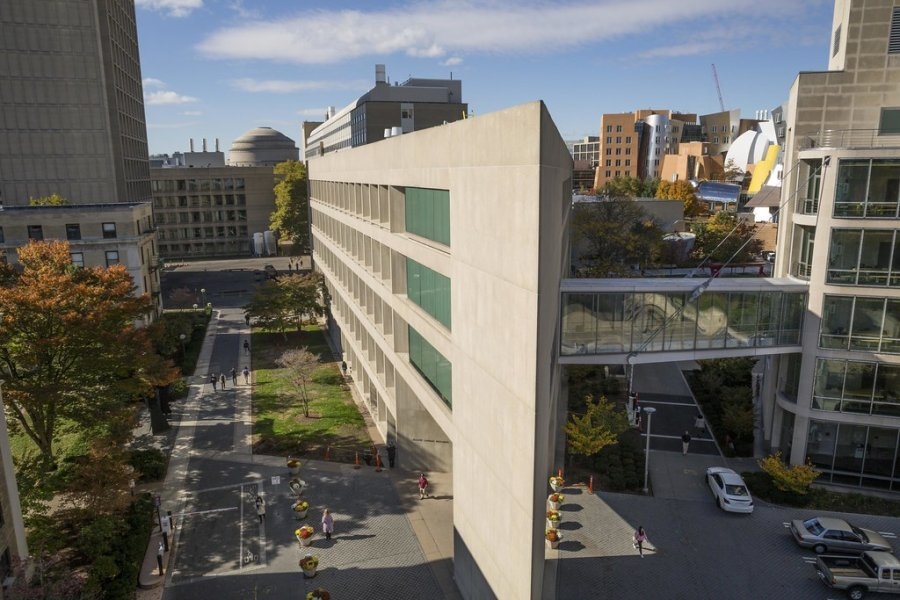
Swimming pools could slash bills by harvesting heat from servers – here’s how to make it work
Computer data centres produce vast amounts of heat that often gets wasted - now that’s being harnessed to warm swimming pools and improve overall energy efficiency.
Jan. 25, 2024 • 6 min • Source
My teenage son regularly complains about his room being too warm, even during winter. While the rest of the house is at a comfortable temperature, the video game PC he plays emits a significant amount of heat.
A high-spec computer like his typically has a power of more than 800 watts. That’s enough to boil one litre of water from room temperature in less than eight minutes. So at scale, computer data processing centres are a massive, and predominantly untapped, source of heat or thermal energy.
A new project run by UK tech firm Deep Green is recapturing some of this heat and using it to warm swimming pools. In March 2023, the company connected Exmouth Leisure Centre’s 25-metre pool in Devon to an onsite data centre, slashing their heating bill by 60% .
Now, that pilot is scaling up and 150 public swimming pools could soon be recycling excess heat and cutting their energy bills at the same time.
The power of data
The potential to improve energy efficiency is huge. Just like my son’s computer, each data centre produces excess heat from huge servers that work around the clock. Depending on their size, data centre buildings contain thousands, and sometimes millions of computer servers arranged in rows of special IT racks .
Just as individual computers need high-speed fans and heat sinks on components such as microprocessors, data centres rely on cooling towers to dissipate excess heat to the surrounding environment. That cooling accounts for about 50% of total electricity consumption in data centres.
There were approximately 10,978 data centres worldwide in 2023 . With increasing online connectivity, expansion of AI applications and cloud services, many more data centres will be needed in the future.
In 2022, global data centre electricity consumption was between 240-340 TWh, according to the International Energy Agency . This is vast given that the UK’s total annual energy consumption was about 275 TWh in the same year. In the Republic of Ireland, for example, data centres consumed 20% of the total electricity consumption in 2022.
Successful storage
Heat emitted from data centres can be harnessed to improve energy efficiency and profitability and water is an ideal heat storage medium. We already use water-filled radiators to heat buildings. That’s because water has high thermal capacity and can store more heat than the same volume of air could.
There is a growing awareness of the need to reuse excess heat in cities to reduce the impact on the environmental. Public swimming pools offer one ideal solution.
With huge quantities of pool water and showers that need heating, plus huge air-filled spaces within the buildings that must be warm, swimming pools are an ideal consumer of data centre heat. These facilities are also normally open daily beyond the hours of 9am to 5pm, hence swimming pools use much more hot water and need heating for longer than office buildings.
With the recent increase in energy prices, many swimming pools are suffering financially and would be struggling to increase prices due to the cost of living and energy poverty. In fact, across England, 85 swimming pools have been closed since 2019, mainly due to financial reasons.
Economic difficulties due to rising energy prices could have a potential negative public health effect due to the lack of swimming pool facilities driven by high energy costs. So the successful use of waste heat from data centres to heat swimming pools could have many benefits.
If higher temperatures of water are needed than what cooling systems in data centres could provide, heat pumps could be used to upgrade the temperatures to levels suitable to provide hot water and efficient heating systems .
A typical heat pump in this configuration could produce water at temperatures at around 60-65°C . For saunas and steam rooms, where the required temperature above water’s boiling point, electric heaters could provide an additional boost.
How can this play a role in transitioning towards a low-carbon future? We need to design infrastructure that brings sources of waste heat closer to the facilities that demand heat.
My team’s research has shown that this could save energy and money, particularly in the case of integrating water in flooded coal mines with waste heat from gas engines to provide extremely efficient heating systems.
So data centres need to be built near facilities that can consume excess heat, such as pools, sports centres and other public buildings with a high demand for space and water heating. To implement that, we need better communication between council authorities, businesses and communities that can help expand the scope of this technology. For a seriously streamlined system, we need more forward-thinking urban planning.

Don’t have time to read about climate change as much as you’d like?
Get a weekly roundup in your inbox instead.
Every Wednesday, The Conversation’s environment editor writes Imagine, a short email that goes a little deeper into just one climate issue.
Join the 30,000+ readers who’ve subscribed so far.
Amin Al-Habaibeh receives funding from Innovate UK, The British Council, Royal academy of Engineering, UK Research and Innovation and the European Commission.


